Not another promotion workaround,
but an API-first promotion engine
Voucherify automatically applies discounts based on rules, while maximizing engagement with behavioral nudges and lifecycle triggers.
Build personalized promotions your ecommmerce can’t
Run BOGOs, bundles, auto-applied discounts, and strikethrough pricing, all in one engine. Voucherify plugs into your stack and extends it with flexible, rule-based promos that actually fit how you sell.

Use any data for any discount
Trigger discounts based on location, behavior, cart, or any custom data point. Use rules, formulas, and in-session data to fine-tune who sees what, whether it’s a nudge for low-intent shoppers or a promotion for VIPs.
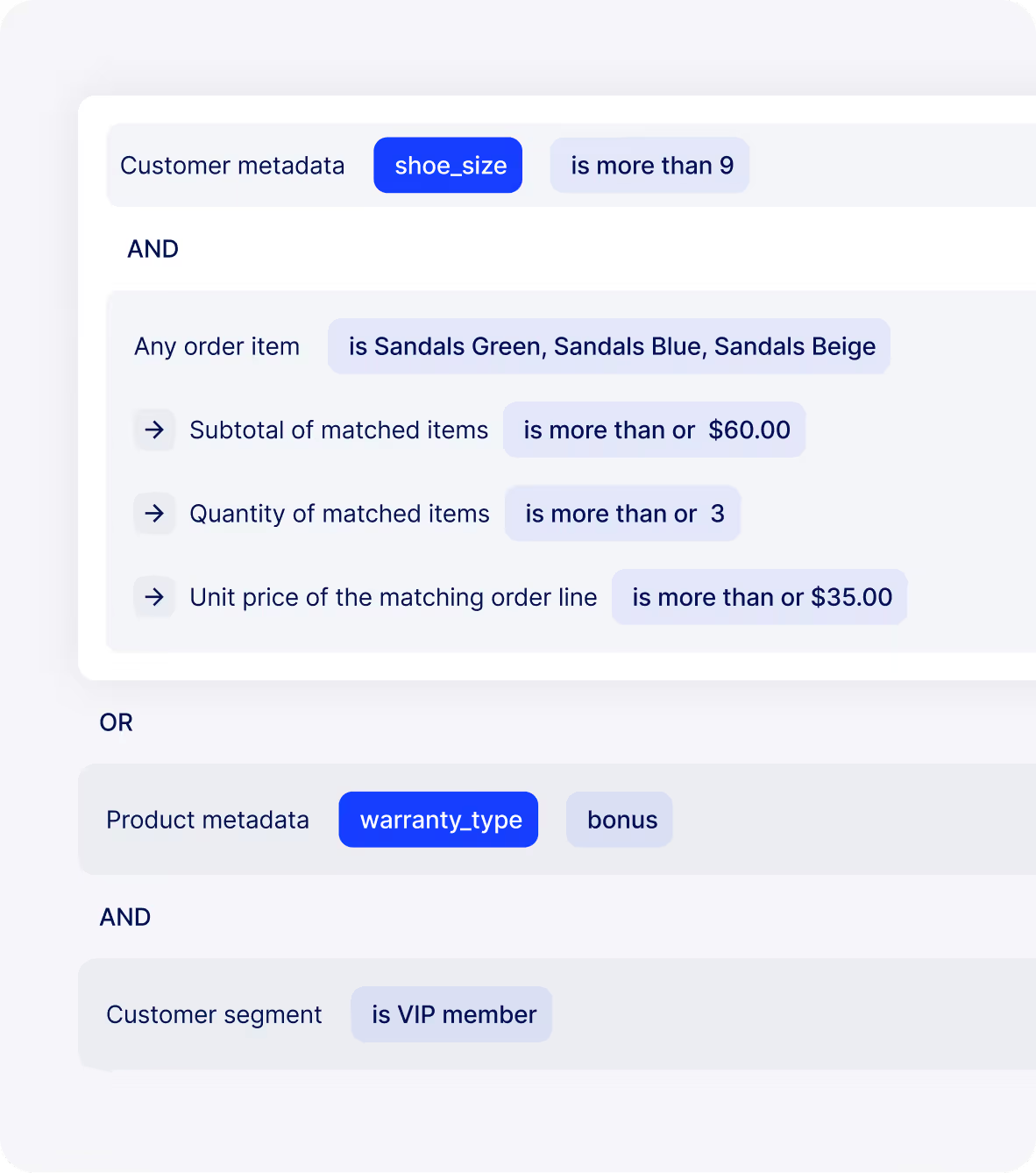
Prove every promotion pays off
Test different offers, track what drives revenue, and optimize in real time. See exactly which promotions convert and which just burn margin.
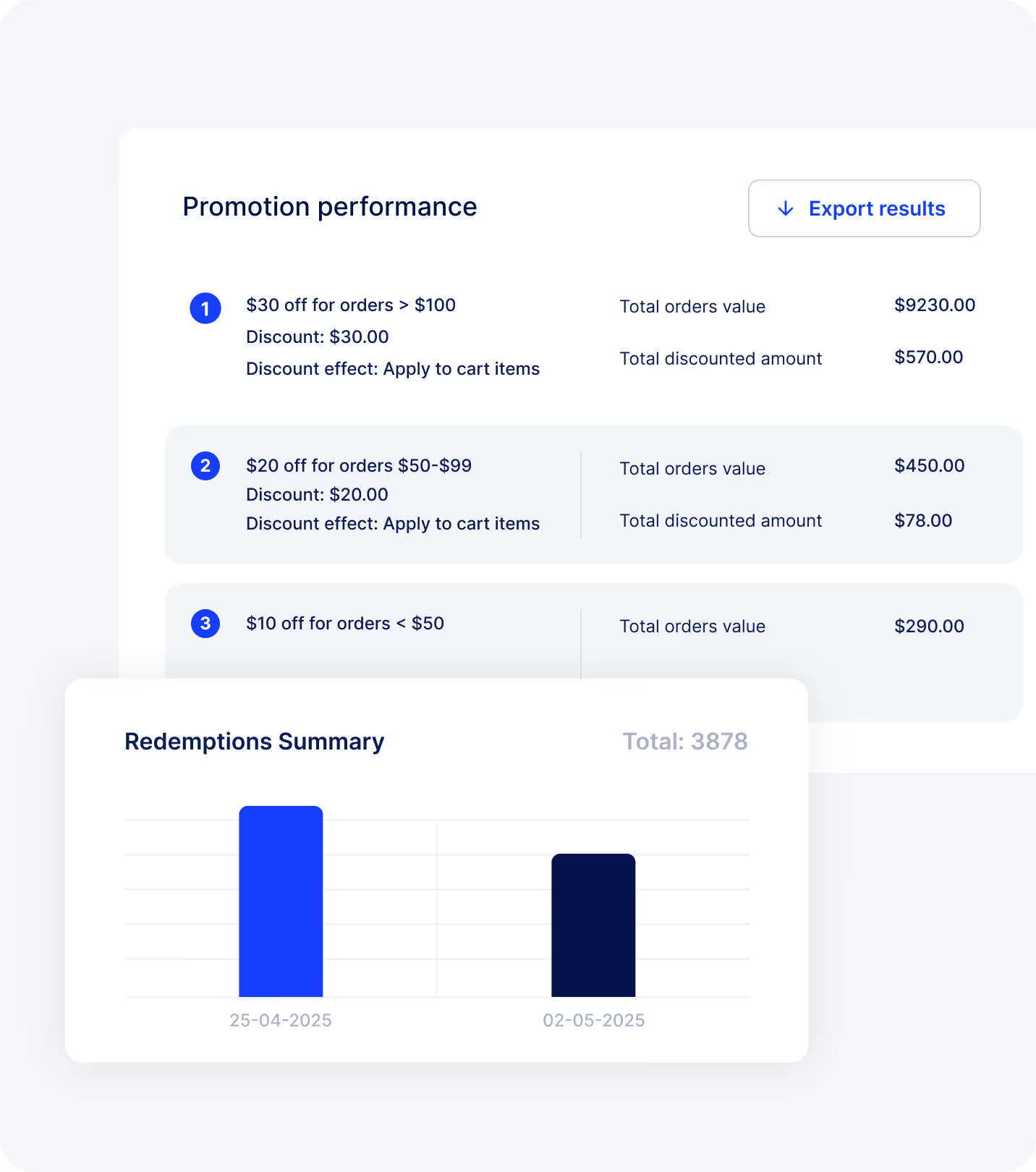



.avif)
Trigger the right offer, right on time
Plug promotions into any point in the customer journey. Build smart nudges, upsells, and cross-sells using real-time qualification and best-deal logic.
.avif)
Stop promotion fraud
Control exactly who can use your discounts. Set limits on redemptions, restrict channels, cap budgets, and target only the segments you trust.
.avif)
Stack what works
Combine promotions with promo codes, loyalty rewards, or referral perks, only when it makes sense.
.avif)
Evaluate complex promos in milliseconds
Run layered discounts, combo offers, and multi-effect campaigns without slowing down. Voucherify processes millions of redemptions with sub-50 ms response times and real-time validation logic that checks every rule.
%20(1).avif)
Bring promos anywhere customers shop
Bring personalized promotions to life across every channel, from email and mobile to in-store POS. Voucherify syncs in real time with your CEP, app, and POS systems so your incentives work seamlessly online and off.
.avif)
Launch your first promotion in minutes
Voucherify slots into your stack without touching your core systems. Launch in parallel with your ecom engine, move fast with SDKs and webhooks, and get from idea to live promo in days.
Built for the next era of incentives
Open, granular APIs
Access hundreds of purpose-built endpoints to build, manage, and scale incentives with ease. Voucherify’s Open API gives you full control, backed by detailed docs and ready-to-run Postman collections.

Webhooks & event streaming
React to redemptions, fraud alerts, or customer actions in real time. Voucherify’s event-driven webhooks and Kafka connectors fire off workflows across your stack the moment things happen.
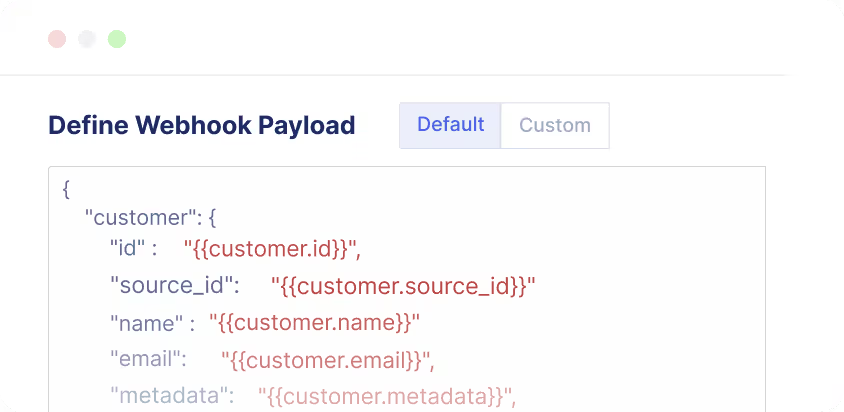
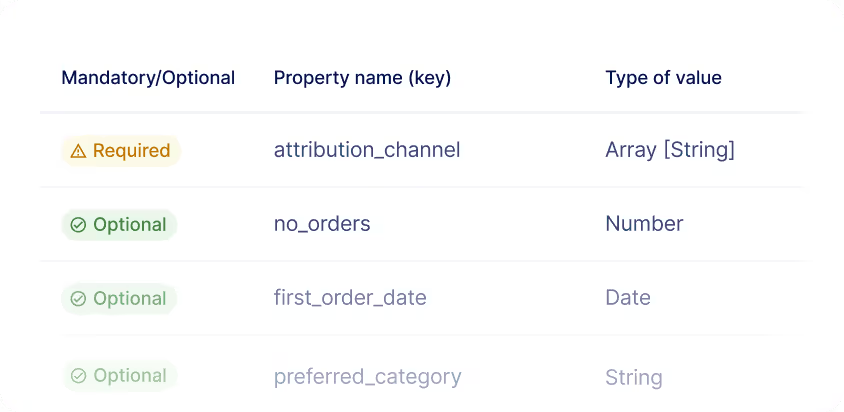
Extensible data model
Add custom fields to customers, products, campaigns, redemptions, anything. Then build promo logic around
what actually matters to your business.
Fast & global
Voucherify delivers sub 50ms API responses, 99.99% uptime, and
auto-scaling that handles millions of requests.
Security & observability built in
Set who can do what, get approvals before anything goes live, and track every change. Enterprise-grade security baked in: ISO 27001, GDPR-compliant.

Connected with your stack
Voucherify connects to anything with an API, seriously, anything. Your ecommerce, CRM, CDP, app, POS, you name it. We’ve got pre-built integrations for the usual suspects, but the real magic is how easily we plug into whatever tech stack you’ve built.








Recognized where it counts
Gartner features us for a reason: real product strength, not just promises. We're proud to be highlighted for what teams actually care about: speed to market, flexibility, and the ability to launch incentives that work.
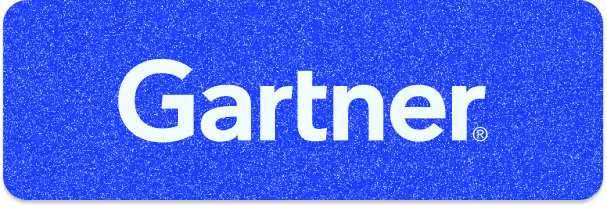
FAQs
Voucherify Promotion Engine



.svg)















.jpg)
.svg)




.svg)
